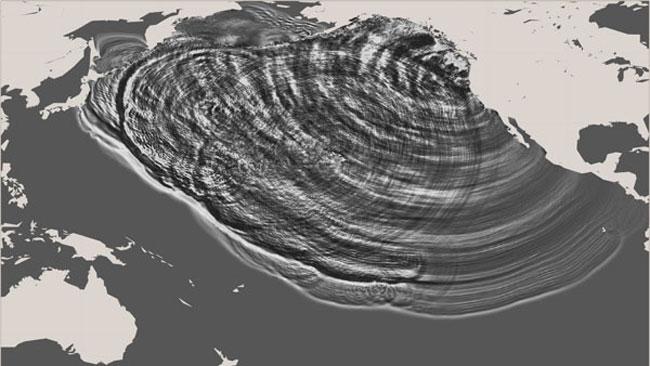

Such a quake would inundate the coast with a wave up to 30 meters high, liquefy soil under cities, and likely claim thousands of lives. As the continental plate flexes and builds up stress, Cascadia could be headed toward a megaquake like the one in 1700, when the fault ruptured along its entire length, from north of Vancouver, Canada, to south of Portland, Oregon. "We've been waiting for this moment for quite a few years," says Kelin Wang, a geophysicist at the Geological Survey of Canada.Ĭascadia's quiet has long been taken to mean the fault is entirely locked, with the edge of the North American continental plate stuck to the subducting Juan de Fuca oceanic plate as it plunges by about 4 centimeters a year. The resulting pictures of the fault, sharper than any collected before, could show whether its silence is cause for alarm. Other receivers, dropped on the ocean floor and scattered across coastal farmland and woods, listen for reflections from the deeper parts of the fault, which slopes east, down under the coast. A long chain of hydrophones trailing the ship catches echoes from the innards of the 1300-kilometer-long Cascadia fault (see map, below). National Science Foundation, scientists use an airgun to blast sound through the water, sending waves into the crust below. On the ship, owned by Columbia University and funded by the U.S. Langseth, a research vessel that is generating miniearthquakes of its own in a 2-month campaign. Last month, however, that silence was shattered with the arrival of the Marcus G.

"It's just way, way, way too quiet," says Chris Goldfinger, a marine geologist at Oregon State University, Corvallis. Stress building up at the fault seemingly has had no release. But in modern times, it has been ominously quiet, with almost none of the small, daily earthquakes that are common at other subduction zones. Lying off the Pacific Northwest, where a plate of ocean crust dives beneath North America and into the mantle, Cascadia is best known for a mammoth magnitude 9 earthquake in 1700 that sent a tsunami all the way to Japan. At the Cascadia subduction zone, which has generated some of North America's greatest earthquakes, the silence is deafening.


 0 kommentar(er)
0 kommentar(er)
